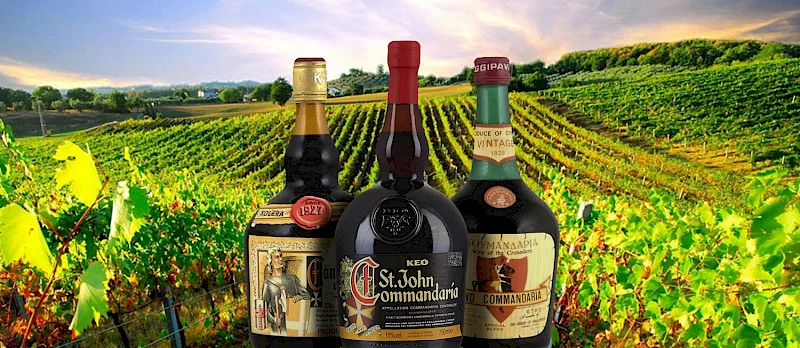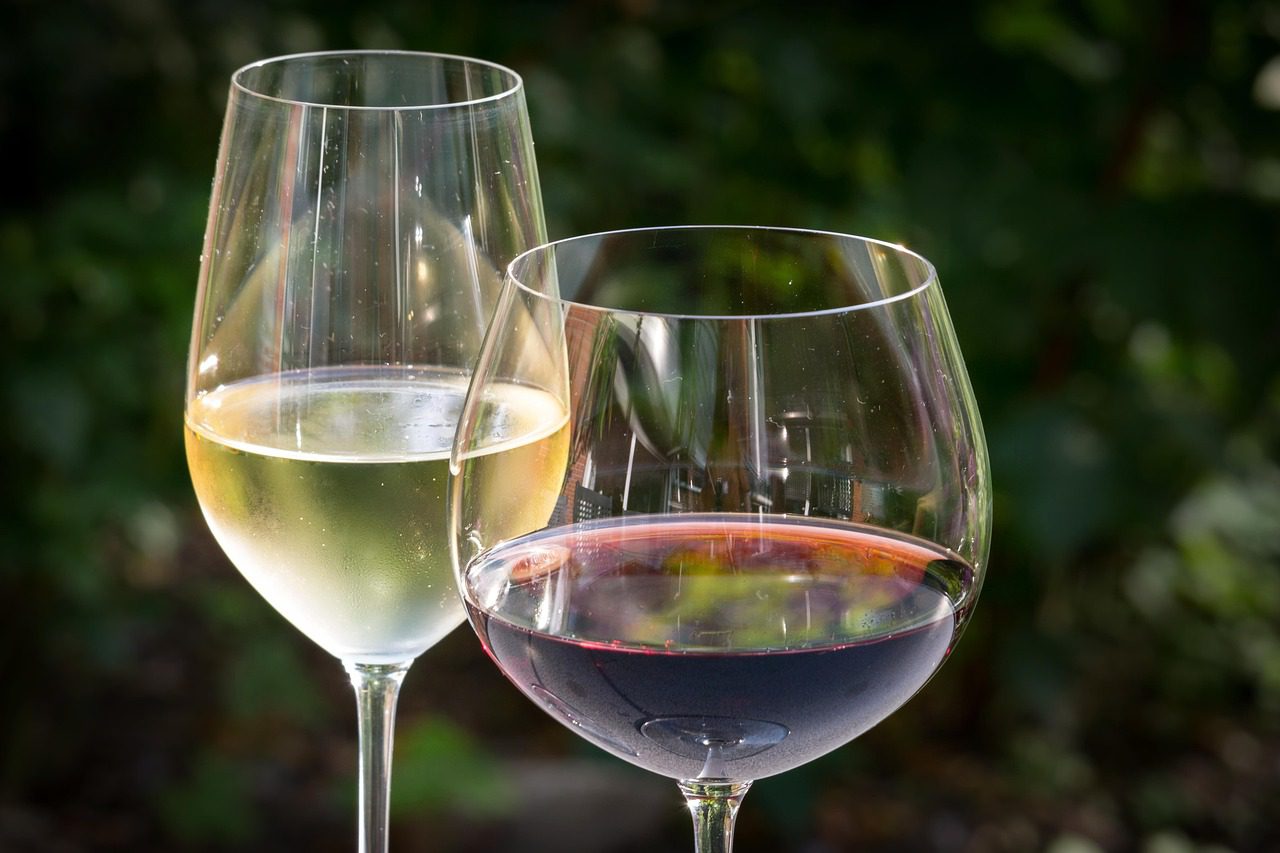Cypriot wines have specific serving requirements that enhance their unique characteristics and flavors. From the ancient Commandaria dessert wine to modern varietals like Xynisteri and Maratheftiko, these Mediterranean treasures require proper temperature control, appropriate glassware, and thoughtful food pairings to fully appreciate their distinctive qualities.
Key Takeaways
- Cypriot white wines are best served chilled between 8-12°C while reds should be served at 16-18°C
- The traditional meze approach offers an excellent way to pair multiple Cypriot wines with various dishes
- Commandaria, Cyprus’s famous dessert wine, requires special serving considerations at 10-14°C
- Proper wine storage conditions significantly impact the serving quality of Cypriot wines
- Using appropriate glassware enhances the aromatics and flavor profile of different Cypriot wine varieties
Ideal Serving Temperatures for Cypriot Wines
Temperature plays a crucial role in how wine flavors are perceived. When serving Cypriot wines, temperature control is essential to showcase their unique Mediterranean characteristics. White varieties like Xynisteri and Moschato benefit from cooler temperatures that preserve their crisp acidity and fruit-forward profiles.
For white Cypriot wines, aim for 8-12°C (46-54°F). This temperature range highlights their refreshing qualities while allowing subtle flavor nuances to emerge. I recommend removing these whites from refrigeration about 10-15 minutes before serving to reach the optimal temperature.
Red Cypriot wines including indigenous varieties like Maratheftiko and Lefkada should be served at 16-18°C (60-64°F). This is slightly cooler than room temperature, which helps balance the wine’s tannins while showcasing the unique fruit character. If your red wine is stored at room temperature, placing it in the refrigerator for 15-20 minutes before serving will achieve this ideal range.
Commandaria, Cyprus’s famous ancient dessert wine, has its own serving requirements. This sweet wine shows best between 10-14°C (50-57°F), which maintains its viscosity while allowing its complex honey, dried fruit, and nutty characteristics to shine through.
Glassware Recommendations for Cypriot Wines
The right glass enhances the sensory experience of any wine, and Cypriot varieties are no exception. For white Cypriot wines, use tulip-shaped glasses with smaller bowls that direct aromatic compounds toward the nose while maintaining cooler temperatures.
Red Cypriot wines benefit from glasses with larger bowls that allow more oxygen contact and room for aromas to collect. The wider opening also directs the wine to the sides and back of the palate, where you’ll better perceive the wine’s body and tannin structure.
For Commandaria, small dessert wine glasses with a slight taper help concentrate the intense aromas while the smaller portion size suits this higher-alcohol, sweet wine. Crystal glassware, though not essential, can enhance the visual appeal of these wines with their clarity and thinness at the rim.
Here’s a simple glassware guide for Cypriot wines:
- Xynisteri and other whites: Medium-sized tulip glasses
- Maratheftiko and other reds: Bordeaux or large bowl glasses
- Commandaria: Small dessert wine glasses
- Sparkling Cypriot wines: Flutes or tulip champagne glasses
Food Pairing with Cypriot Wines
Cypriot wine and food pairings follow Mediterranean traditions that enhance both the dishes and the wines. The island’s cuisine, with its emphasis on fresh herbs, olive oil, and local ingredients, creates natural synergies with indigenous wine varieties.
Xynisteri, with its crisp acidity and citrus notes, pairs beautifully with seafood dishes and traditional mezze like halloumi cheese and tzatziki. The slight salinity in these wines complements the Mediterranean diet perfectly.
Red varieties like Maratheftiko offer robust structure that stands up to grilled meats, especially lamb with herbs and spices. The indigenous reds often show herbal qualities that echo the rosemary, thyme, and oregano prevalent in Cypriot cuisine.
Commandaria creates exceptional pairings with desserts containing dried fruits, nuts, or honey. It also works wonderfully as an accompaniment to strong cheeses like halloumi or aged cheeses from the Troodos mountains.
The traditional Cyprus meze approach – serving many small dishes – provides an ideal opportunity to experience multiple wine pairings throughout a meal. This allows guests to explore how different Cypriot wines interact with various flavor profiles.
Decanting and Aeration Practices
Some Cypriot red wines, particularly those with more tannic structure or bottle age, benefit significantly from decanting. Varieties like Maratheftiko, which can be quite structured in youth, open up beautifully with 30-60 minutes of air exposure.
Young white Cypriot wines rarely require decanting, though a brief aeration in the glass can help release their aromatic compounds. For older whites that show reduction (a slight sulfuric note), a quick decant can help these aromas dissipate.
Commandaria presents a unique case. While most dessert wines don’t require decanting, older vintage Commandaria (15+ years) can develop complex secondary characteristics that benefit from 15-30 minutes in a decanter.
If you don’t have a decanter, you can achieve similar effects by:
- Pouring the wine into glasses 30-60 minutes before serving
- Using an aerator attachment when pouring
- Swirling the wine vigorously in your glass
Storing Opened Cypriot Wine
Properly storing Cypriot wine after opening ensures you can enjoy it over multiple days. Most Cypriot wines, once opened, will maintain their quality for 3-5 days when properly resealed and refrigerated.
For white and rosé Cypriot wines, replace the cork or use a wine stopper and keep the bottle refrigerated. These wines will typically stay fresh for up to 5 days, though aromatic intensity may diminish after the second day.
Red Cypriot wines benefit from the same treatment, though they can often last slightly longer than whites. The indigenous varieties with higher tannin content like Maratheftiko may even improve slightly on the second day as they continue to open up with controlled oxygen exposure.
Commandaria, with its higher sugar and alcohol content, has natural preservation qualities. Once opened, it can remain enjoyable for 2-4 weeks when stored in the refrigerator with a proper seal.
Vacuum sealers designed for wine bottles can extend these timeframes by removing oxygen that causes oxidation. This small investment is particularly valuable for preserving premium Cypriot wines that you may want to enjoy over several occasions.
Temperature Control for Serving
Maintaining the right temperature for serving wine requires some practical techniques. To chill white Cypriot wines quickly, place them in an ice bucket filled with ice and water for 15-20 minutes. This method works much faster than refrigeration alone.
For red wines that need slight cooling, place them in the refrigerator for 15-20 minutes before serving. If you need to warm a wine that’s too cold, cup the bowl of the glass in your hands for a few minutes – the natural body heat will gently raise the temperature.
Temperature fluctuations can damage wine quality, so avoid dramatic changes. Don’t place a room temperature bottle directly in ice, which can shock the wine. Instead, refrigerate it first, then use an ice bucket for final chilling.
Digital wine thermometers offer precise control and are worth considering if you regularly serve fine Cypriot wines. These affordable tools remove the guesswork from temperature management and help ensure optimal serving conditions.
Special Considerations for Aged Cypriot Wines
Older Cypriot wines require extra care when serving. Aged bottles, particularly reds and Commandaria, may contain sediment that should be kept from the glass. Handle these bottles gently before serving to avoid disturbing any settled material.
When opening older bottles, use a two-prong butler’s friend or “ah-so” opener rather than a standard corkscrew, as aged corks can be fragile and prone to crumbling. This specialized opener slides between the cork and bottle, removing the cork intact.
Aged white Cypriot wines often benefit from slightly warmer serving temperatures than their younger counterparts. While young Xynisteri might be served at 8°C, an aged example could show its developed complexity better at 10-12°C.
Vintage Commandaria deserves special treatment. These bottles can develop remarkable tertiary flavors over decades, and should be served at the upper end of the temperature range (around 14°C) to fully appreciate their nuanced character.
Sources
cwfexpo.co.uk – The Best Temperature to Serve Wine
cwfexpo.co.uk – The Combination of Cypriot Wine with Foods
cwfexpo.co.uk – The Proper Way of Storing Cypriot Wine





